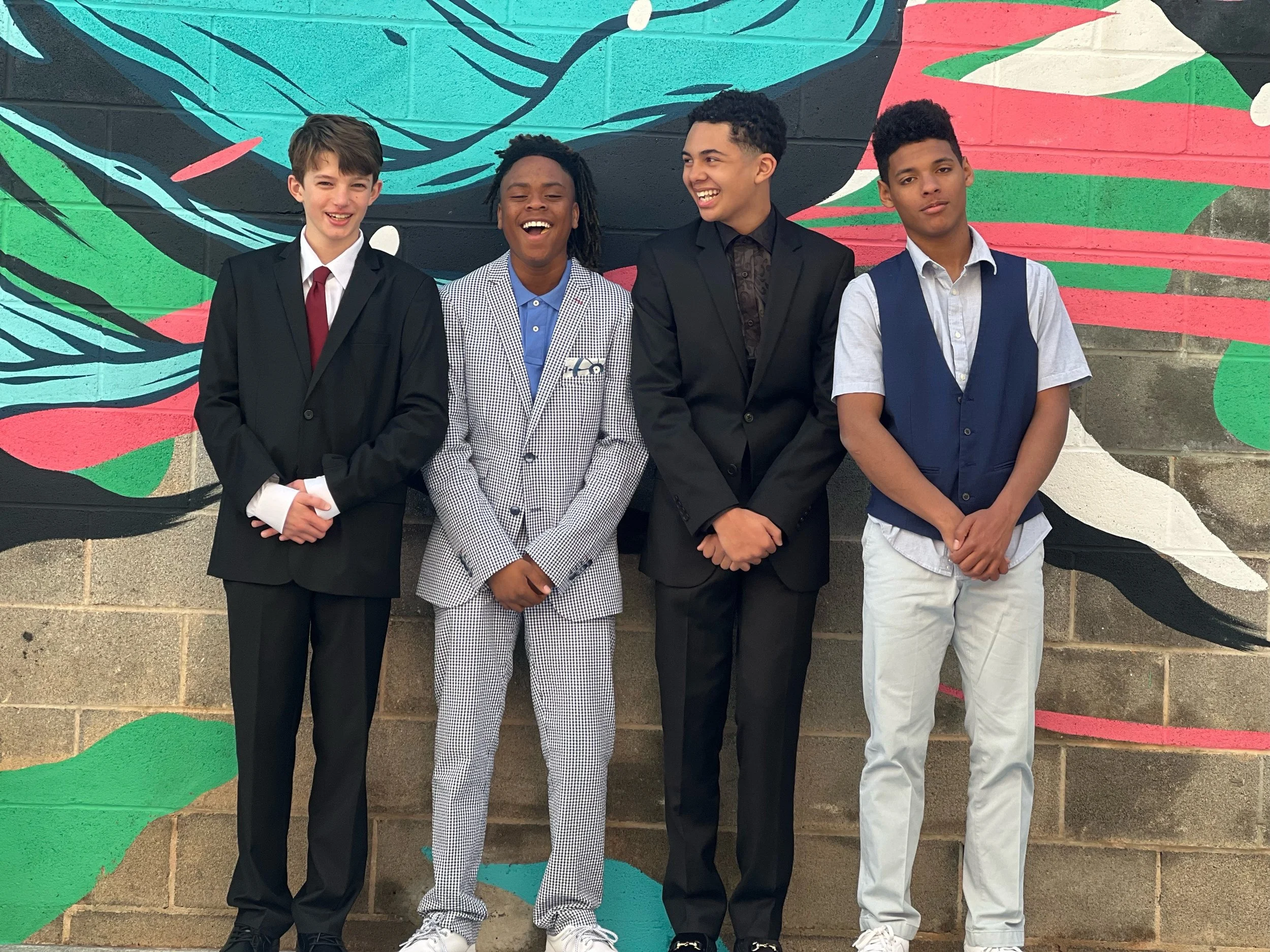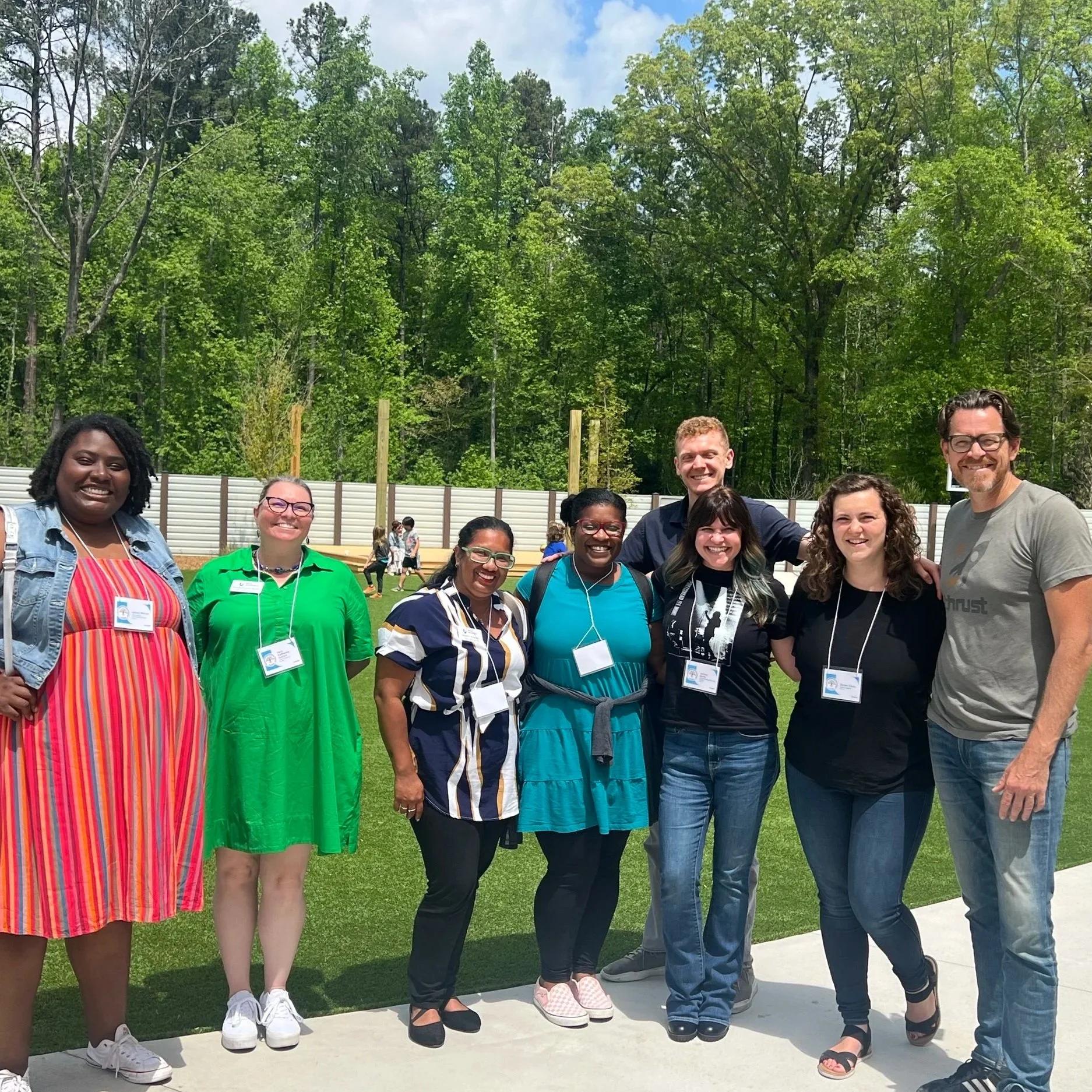All Kinds, One School
As a community of many backgrounds…
We are committed to learning how to live, work, and grow well together.
key beliefs:
We believe…
Learning is stronger when young people meet, listen to, and work with others who bring different perspectives and life experiences.
Our country works best when people with different views and backgrounds can cooperate. Bringing together families across lines of difference—and encouraging them to know, respect, and support one another—is central to our mission of helping each learner find a calling that makes a positive difference in the world.
We all have blind spots. To stay true to our values and identities—and to stay connected to others—we sometimes need to step back, check our assumptions, and improve both our personal habits and the way our school operates.
Our goals:
We strive to be...
Inclusive – Building a community where people feel they belong, are treated with respect, and have meaningful opportunities to contribute and participate in shared decisions.
Varied – Welcoming a wide range of families and staff across life experience, income, culture, age, faith, learning profile, and prior school background.
Cross-cultural – Highlighting and learning from the many cultures in our community so that each person can see their own traditions honored and gain understanding of how others live, work, and collaborate.
Caring – Making sure every learner, family, and staff member has access to the support they need to grow toward their potential.
Fair & Respectful – Addressing discrimination or mistreatment when it appears, using clear and consistent policies, thoughtful conversation, and a posture of listening, learning, and improvement.
what success looks like:
Every person at Forest feels like they belong and can be themselves while respecting others.
Compassion, empathy, curiosity, and open-mindedness help shape strong character and well-being.
Learners build healthy relationships with people who are similar to them, different from them, and in positions of responsibility or influence.
Our Studios reflect and value a wide range of cultures, backgrounds, and viewpoints.
Our Methods:
BOARD, STAFF & ADVISORS
We seek a mix of backgrounds and experiences so learners see many kinds of adults to look up to and learn from.
CONTENT & CURRICULUM
We use literature, stories, examples, and resources from a variety of authors and communities, so learners can both recognize their own experiences and learn about others’.
STUDENT BODY
We welcome a mosaic of learners with unique strengths, interests, and viewpoints who can learn side by side.
ONGOING TRAINING
We invest in practical training and reflection—led by internal and external partners—to strengthen communication, collaboration, and conflict resolution across our community.
questions we ask ourselves:
1. How can we help our stakeholders get to know, understand, and support one another more deeply?
2. How can we celebrate and draw on both our similarities and our differences to promote deep learning and personal growth?
3. How might we use our hearts, minds, and service to develop both character and conviction in our learners?
4. Which school policies or routines could be clearer, fairer, or more effective—and specifically how and by when will we improve them?
5. How can we gather honest feedback from learners, families, and staff about what is working well and what needs attention?
6. How might we maintain a strong pipeline of staff, learners, and partners who share our mission and add to the richness of our community?




